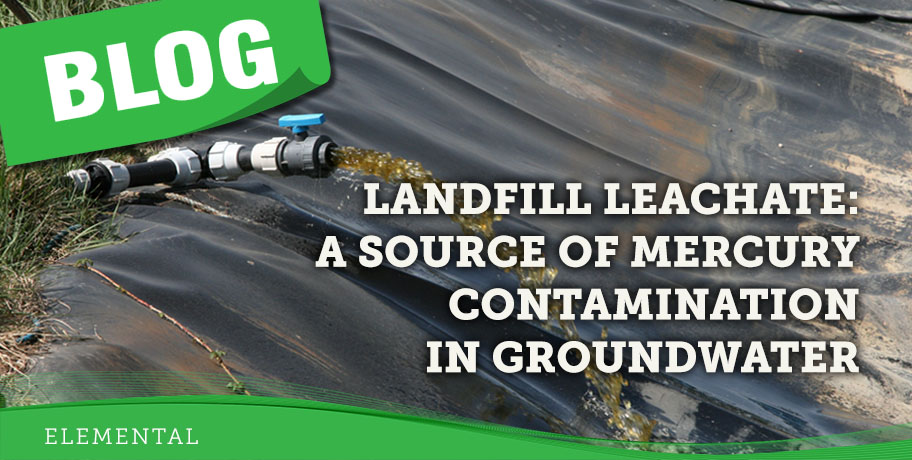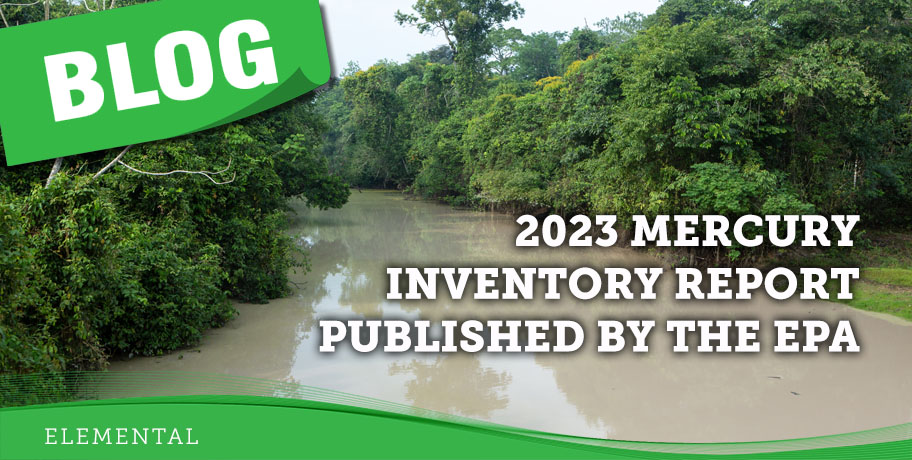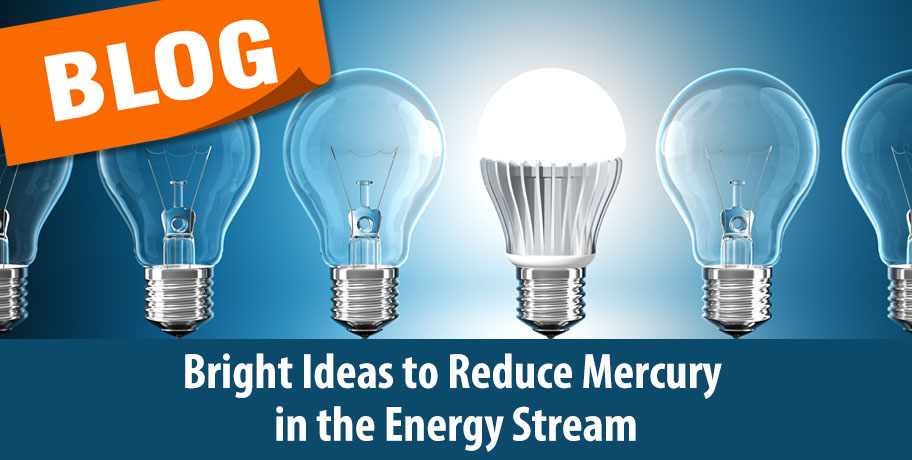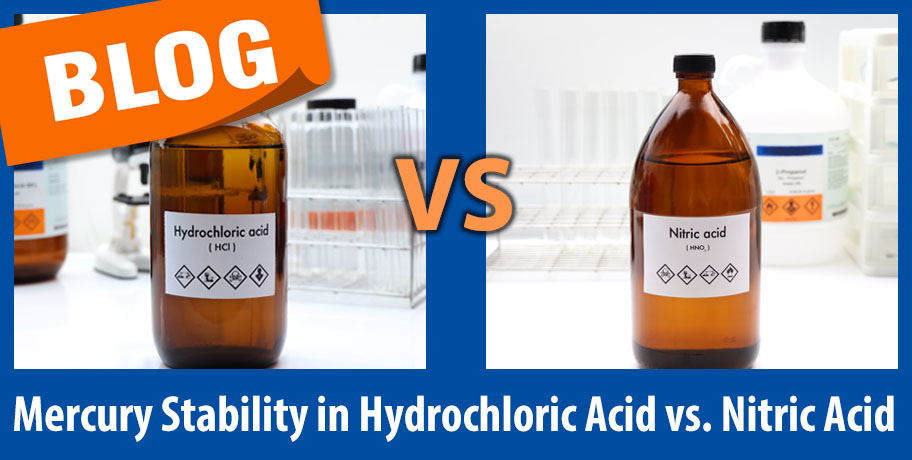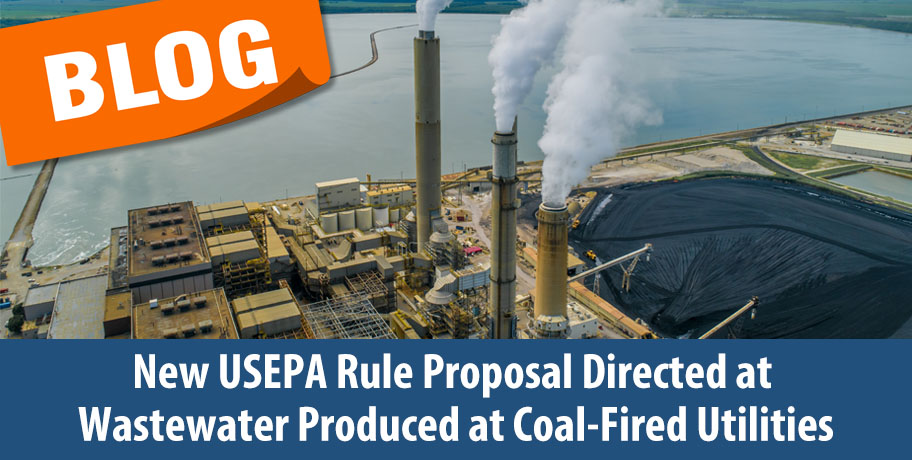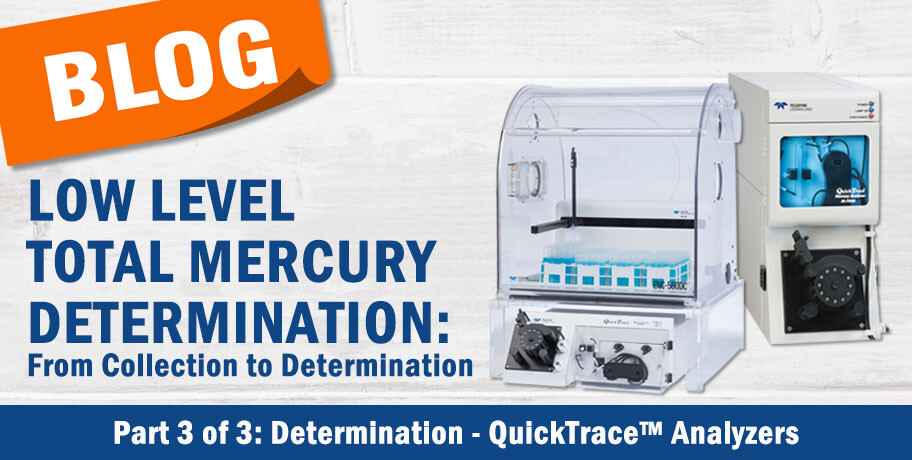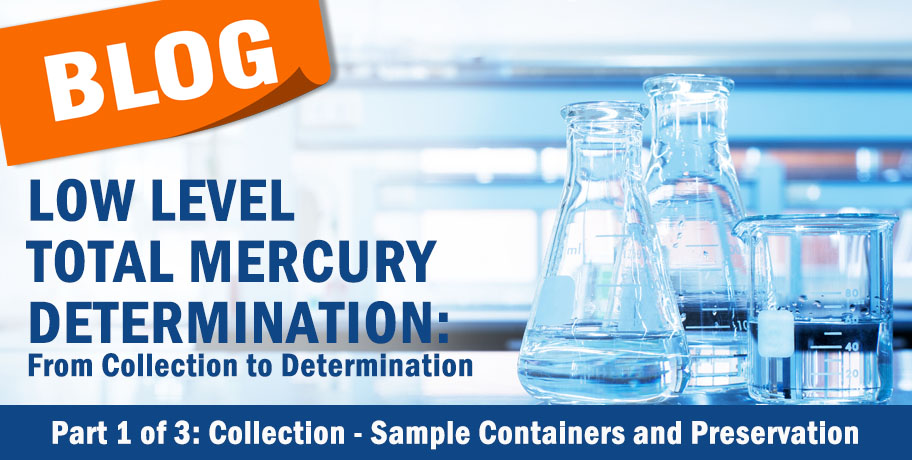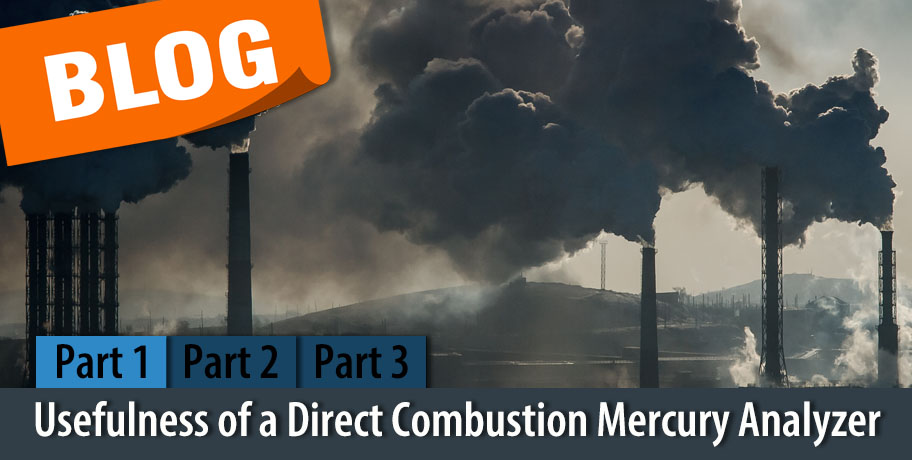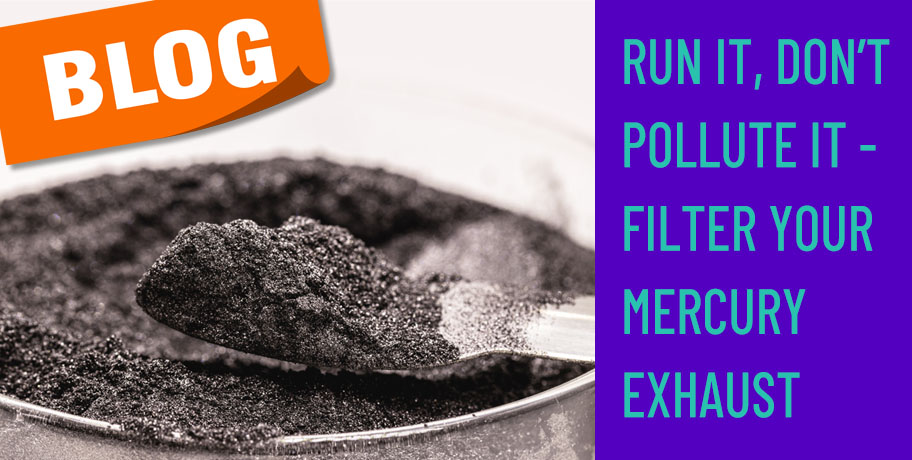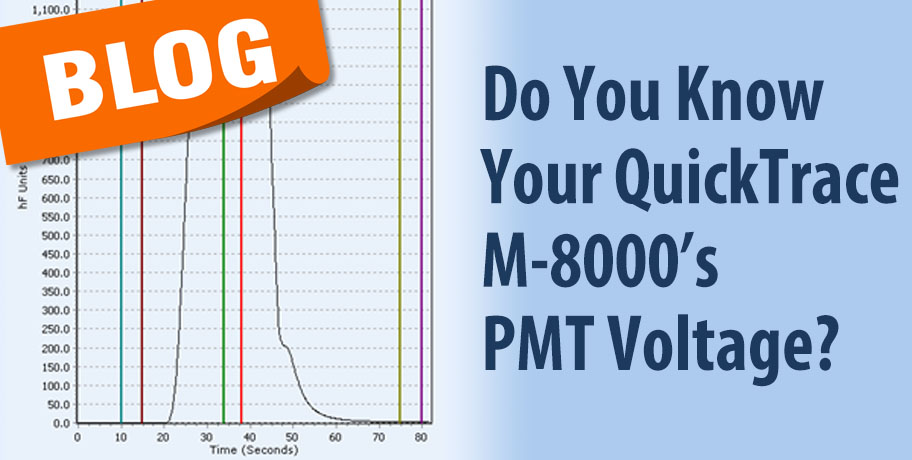What is a Municipal Solid Waste Landfill?
Have you ever wondered what happens to a bag of garbage once it has been collected on trash day? If it is collected from a household or commercial site, it will likely end up at the Municipal Solid Waste Landfill (MSWLF). These are highly engineered facilities that are
Read More
Tags:
mercury,
Mercury in Wastewater,
hg,
mercury contamination
Mercury is a persistent, global, and toxic element. It does not degrade, but it changes forms as it cycles through the environment. When mercury is emitted, it can be transported over long distances and re-deposited.
Read More
Tags:
Hg analysis,
mercury,
hg
Coal generates a lot of unwanted pollution when mined and burned for fuel, yet it is a major source of energy for everything from generating electricity to making steel. Coal is a reliable source of energy and heat, but also a reliable pollution generator, even under current regulations.
Read More
Tags:
mercury,
hg
Teledyne Leeman Labs has been in the mercury (Hg) analysis business for more than 30 years. We have had a variety of product lines reach new markets and address tighter regulations. In that time, one thing has remained constant across all our instruments: the need for accurate mercury standards to form the building blocks of the calibration curve. Analytical results are only as reliable as the calibration curve to which they are compared, and creating stable mercury standards comes with unique challenges.
Read More
Tags:
Teledyne Leeman Labs,
Hg analysis,
mercury,
mercury analysis,
QuickTrace,
hg
President Biden’s Executive Order 13990 directed the U. S. Environmental Protection Agency to undergo a policy and regulation review of changes to the Clean Air Act set forth during President Trump’s administration. The order instructed the EPA to suggest revisions and/or cancellation of regulations and policies that at first glance do not seem to be in the best interest of public health.
Read More
Tags:
CVAA,
CVAF,
mercury,
Mercury in Wastewater,
hg,
coal
Teledyne Leeman Labs offers multiple mercury (Hg) analyzers which can determine total mercury concentrations in samples at the ultra-trace level. The final installment of this three-part blog series will be an introduction to the QuickTrace line of mercury analyzers: the QuickTrace M-7600 and the QuickTrace M-8000.
Read More
Tags:
Teledyne Leeman Labs,
Hg analysis,
mercury,
hg
Mercury (Hg) determination at the ultra-trace level is an essential part of environmental assessment and drinking water monitoring. But this type of analysis comes with distinct challenges.
Read More
Tags:
Hg analysis,
low level mercury,
mercury,
mercury analysis,
Determination of Trace Elements
Do you have a backlog of solids and/or semisolid samples you need to analyze for mercury determination? Or are you a teaching laboratory needing an instrument to complete that proposal you wrote? Or a laboratory exploring options to enhance your portfolio? Well, I encourage you to look to Teledyne Leeman Labs for viable options.
Read More
Tags:
mercury,
mercury analysis
Mercury poisoning is a serious concern for those of us who directly work with mercury. Mercury is a heavy metal with many adverse side effects for people and the environment, even in relatively small amounts. That is why mercury analyzers are useful for testing where health concerns exist; you likely use one in your own lab if you’re reading this.
Read More
Tags:
mercury,
mercury analysis
We often get asked if there is an ideal photo multiplier tube (PMT) voltage for the QuickTrace® M-8000. The truth is the optimal value is unique to each instrument’s detector. It varies from instrument to instrument. During the initialization process, after connecting to the QuickTrace software, the M-8000 will select the voltage that is right for the PMT inside that system. This is the same process as clicking the Auto Select Voltage button in the Instrument Control menu. So, why is there another Set Volts option in that same menu?
Read More
Tags:
Teledyne Leeman Labs,
mercury,
QuickTrace

